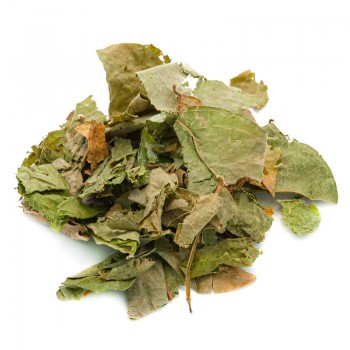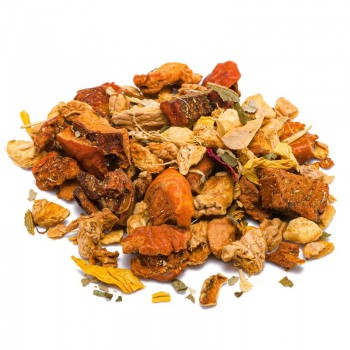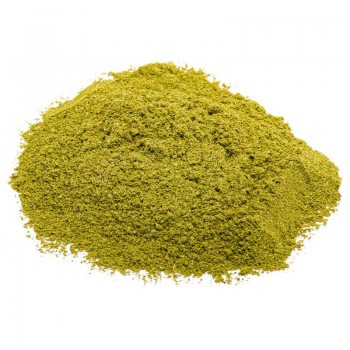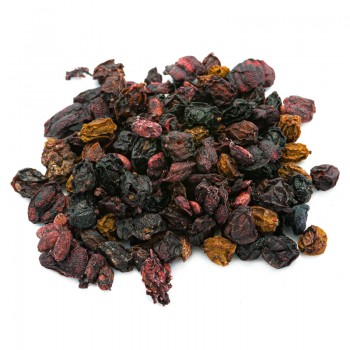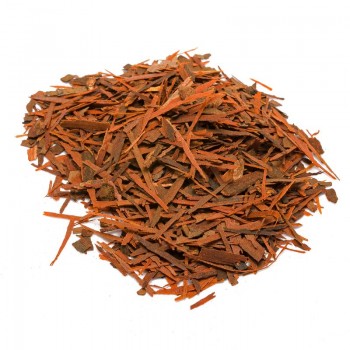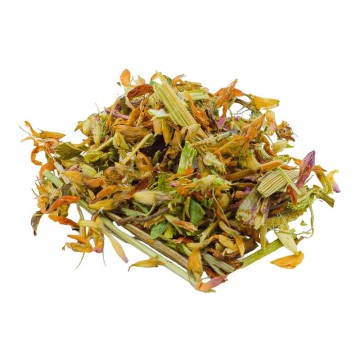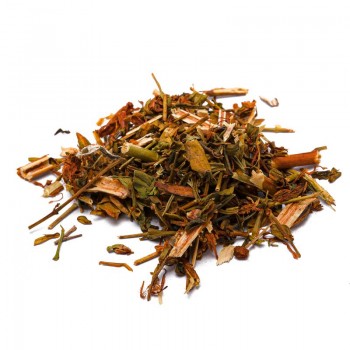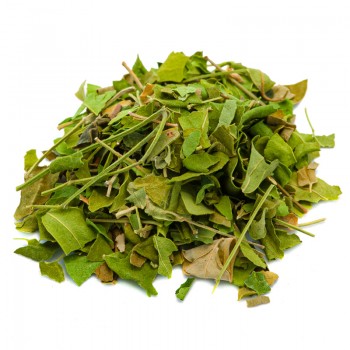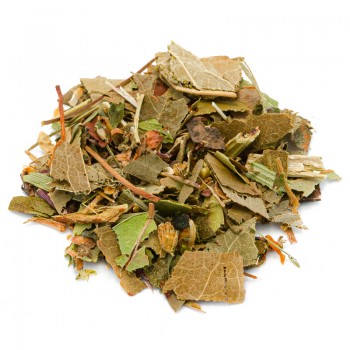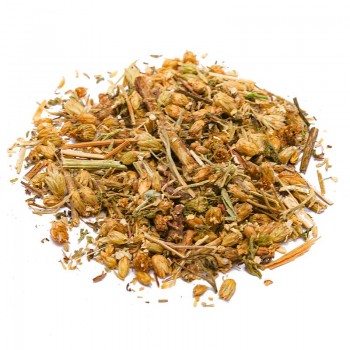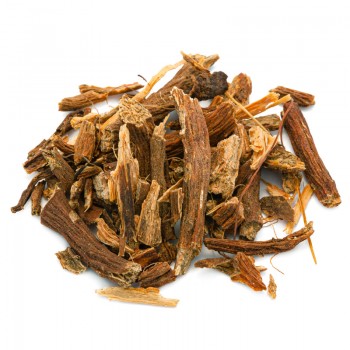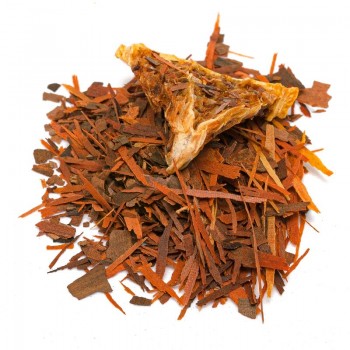Absinthe is the bitter and aromatic plant par excellence of the herbalist tradition, known since ancient times for its digestive properties. This variety, the Pontian Absinthe that grows in the Italian Alps, was used in folk medicine
The parts of the top of the plant, the aerial ones, are used for herbal teas and to create liqueurs, while the flowering branches were chopped for their emmenagogic properties.
Pontic absinthe: properties and benefits
Among the best known properties of the Pontian Absinthe, there are the digestive protection capacities, common to the Absinthe major plant.
In the herb of absinthe, substances such as malic acid are contained, which improve digestion, favoring the absorption of food and the motility of the biliary tract (it contains active ingredients for proper liver function).
It is used as an eupeptic: the herbal tea of the Pontian Absinthe tops, can improve the activity of the digestive tract and stimulate the appetite.
Historically this medicinal plant also has a vermifuge action (the thujone molecule numbs intestinal parasites) and also has a slight laxative effect. Also features
The properties of Pontic Absinthe also include protection at the level of female well-being. It helps the body in regularity of the menstrual cycle, thanks to the action that stimulates blood flow, and soothes the symptoms of nausea, pain and premenstrual tension - it can calm muscle contractions.
It has been indicated for centuries in the treatment of amenorrhea and dysmenorrhea, as an emmenagogue plant.
Pontic absinthe is also useful for a correct functionality of the respiratory tract. Some substances, flavonoids and volatile oils, stimulate breathing, increase blood pressure, protect heart function.
It produces a stimulating effect on the nervous system already known in ancient times: it seems that the participants in the Olympic games relieved muscle and nervous tension thanks to absinthe.
Even today it is used as a tonic against psycho-physical fatigue, since some substances have a beneficial effect, practicing pain relief.
An infusion of wormwood inflorescences is useful against muscle and joint rheumatism, neuralgia.
Origins and History of cultivation
Absinthe has been defined as a "plant without delight" that is unpleasant, because it is a bitter plant in all its parts.
Over time it has come into common use to say “it is as bitter as absinthe” referring to something unpleasant; nevertheless, this medicinal herb has always been used over the centuries as it is beneficial.
Already known in ancient times for its bitterness, in the Holy Scriptures it symbolized the difficulties of life, while for the Egyptians it had religious as well as therapeutic meanings.
For the Romans, absinthe extracts were highly effective against gastrointestinal parasites (worms), as Pliny already described in the 1st century AD. (Historia Naturalis).
In some medieval treatises it was cited as the “mother of herbs”, due to its magical properties - especially to women, it gave the ability to regularize the menstrual cycle and help the births.
Her juice was mixed with the ink to prevent the moths from devouring the paper.
The plant takes its name Artemisia from the goddess Artemis, the Greek name of the goddess Diana - protector of hunting. According to other authors, it was the Turkish queen Artemisia II of Halicarnassus (about 350 BC), who gave her name to this plant.
In the following centuries, absinthe was increasingly famous as a plant from which to extract the famous Absinthe liqueur, in its version of Absinthe major (scientific name Artemisia absinthium), different from the Pontico one.
Pontian Wormwood is a medicinal herb that grows in the Alps, it is part of the wormwood family and the "Artemisia" plants, but with the name of Artemisia vallesiaca . In reference to an area where it grew, the Canton of Valais (or Valois or Wallis) in the Pennine Alps in Switzerland.
It is part of the genus Artemisia, which is represented by many varieties, aSome abundant and others rare, which grow in mountainous areas.
Plant and flowers
The Alpine Pontic Wormwood (Artemisia vallesiaca All.) is a perennial plant that is part of the Asteraceae family, also known as Swiss wormwood.
It grows in the area between the Alpine areas of Valle d'Aosta, Piedmont and the upper Rhone Valley, and in most cases it is a cultivated plant (it is rarely spontaneous).
It prefers soils that are not too humid, but cool and sunny, and reaches more or less 40 cm in height.
This Pontica, or Roman, variety is gray, characterized by intense root growth, while the large leaves are silver-green and the flowers are gathered in a panicle of about 20 cm.
Flower timing is key to knowing when to harvest - in late summer, before the plant has entered full bloom. When the buds have formed but the flowers are not open.
The most precious part is the top, required in the liquor shop and for the Absinthe herbal tea cut, so the cut should be made about 15 cm from the ground.
Nutritional values of Pontic Absinthe
Among the components of Absinthe there are essential oils containing cingolo, alpha-thujone, beta-thujone, other terpenes, camphor, piperitone, tannins, and other specific substances.
Absinthe also contains vitamins (group B and vitamin C), potassium, calcium, some fats and minerals. It has dietary fiber, saturated fatty acids and about 300 calories per 100 grams.
How to consume Pontic Absinthe as a herbal tea and in the kitchen
For a good infusion of the herbal tea cut tops, it is advisable to use for a cup (250 ml), about 3-5 grams of Pontic Absinthe root, with water at 100 ° C .
Leave to infuse for 5 to 7 minutes, before drinking the herbal tea.
Pontic wormwood: side effects and contraindications
Among the undesirable effects of this plant, there is the fact that it is contraindicated in pregnancy and during acute inflammatory conditions of the intestinal or digestive tract.
Absinthe may affect the effectiveness of acid-reducing drugs. Furthermore, its use is prohibited for ulcer sufferers and gastritis sufferers.
It can create allergic reactions with skin rash for those who are particularly sensitive.
Remember, that in too high doses the Artemisia represent toxic plants. Therefore, the intake must be designed for not excessive periods, with intervals between one therapy and the other, to prevent the plant from becoming harmful.
Absinthe is the bitter and aromatic plant par excellence of the herbalist tradition, known since ancient times for its digestive properties. This variety, the Pontian Absinthe that grows in the Italian Alps, was used in folk medicine
The parts of the top of the plant, the aerial ones, are used for herbal teas and to create liqueurs, while the flowering branches were chopped for their emmenagogic properties.



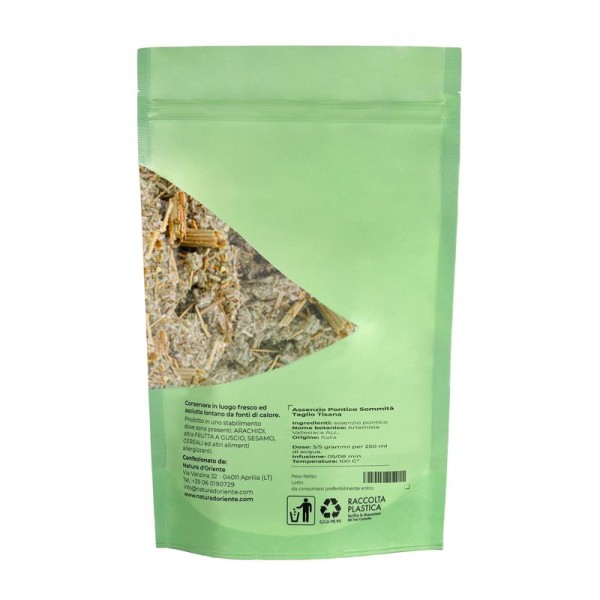







 No reward points for this product.
No reward points for this product.

